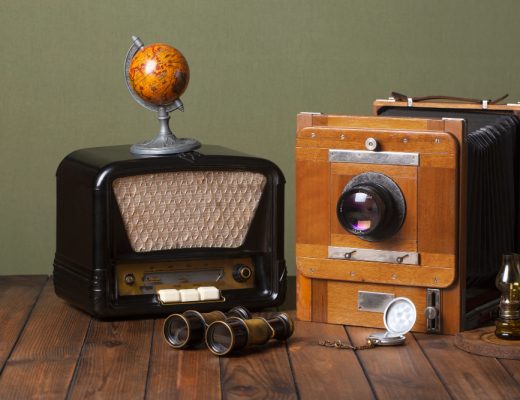Pop Art, a vibrant and revolutionary art movement that emerged in the mid-1950s, challenged traditional notions of art and celebrated popular culture. Born out of a desire to bridge the gap between high and low culture, Pop Art drew inspiration from mass media, consumerism, and everyday objects. In this article, we embark on a journey to uncover the origins, key artists, and defining characteristics of this influential art movement.
Embracing the Ordinary
Pop Art artists sought to elevate ordinary objects and images to the realm of fine art. By incorporating elements from popular culture, such as advertisements, comic books, and consumer products, they blurred the boundaries between art and everyday life. The mundane transformed into the extraordinary as artists celebrated the beauty, irony, and ubiquity of objects that surrounded them in their modern society.
The Power of Repetition
Repetition played a pivotal role in Pop Art, as artists employed mass production techniques to create multiple iterations of the same image. By repeating images, such as Campbell’s soup cans or Coca-Cola bottles, Pop Art artists emphasized the prevalence and influence of consumer culture. Through repetition, they challenged the notion of the unique and the original, questioning the very essence of art itself.
Exploding with Color
Pop Art exploded onto the art scene with its bold and vibrant use of color. The movement embraced the vivid hues of popular culture, using bright, eye-catching colors to grab the viewer’s attention. From Roy Lichtenstein’s comic book-inspired Ben-Day dots to Andy Warhol’s iconic silkscreen prints, color became an integral part of the Pop Art aesthetic, infusing artworks with energy, playfulness, and visual impact.
Celebrity Culture and the Cult of Icons
Pop Art’s fascination with celebrity culture and the cult of icons became a defining characteristic of the movement. Artists like Warhol, with his infamous portraits of Marilyn Monroe and Elvis Presley, elevated celebrities to the status of modern-day icons. By blurring the lines between art and fame, Pop Art commented on the commodification of celebrity and the pervasive influence of media in shaping popular culture.
Social Commentary with a Twist
Beneath the vibrant colors and seemingly superficial subject matter, Pop Art carried a deeper layer of social commentary. Artists used their works to critique consumerism, mass production, and the homogenization of society. They explored themes of identity, gender, politics, and the impact of popular culture on individual lives. Through their art, Pop Artists engaged in a dialogue with their audience, provoking thought and challenging societal norms.
Pop Art Goes Global
Although Pop Art originated in the United States, its influence quickly spread across the globe. Pop Art movements emerged in different countries, each with its unique interpretation and cultural context. From the British Pop Art of Richard Hamilton to the Japanese Neo-Dada movement of the 1960s, artists worldwide embraced the Pop Art aesthetic and infused it with their own local flavor, demonstrating the movement’s global impact and enduring relevance.
Legacy and Continuing Influence
Pop Art left an indelible mark on the art world, transforming the landscape of modern art. Its influence can be seen in contemporary art, advertising, fashion, and design. The movement challenged traditional notions of art, democratized artistic expression, and embraced the popular and the accessible. By celebrating the everyday and the familiar, Pop Art continues to resonate with audiences, reminding us of the beauty and significance found in the ordinary.
Colorful Revolution
Pop Art’s transformative impact on modern art cannot be overstated. It revolutionized the art world by breaking down barriers, redefining the boundaries of artistic expression, and democratizing art in unprecedented ways. By embracing popular culture, mass media, and everyday objects, Pop Art brought art closer to the masses and challenged the elitist notions of what art should be. Its colorful and bold aesthetic continues to captivate audiences, while its social commentary and critique of consumerism remain relevant in today’s society. Pop Art not only transformed the art world but also left a lasting cultural impact that can be seen in the realms of fashion, design, and popular culture. As we celebrate the legacy of Pop Art, let us continue to be inspired by its vibrancy, innovation, and ability to reflect the ever-changing landscape of our modern world.



